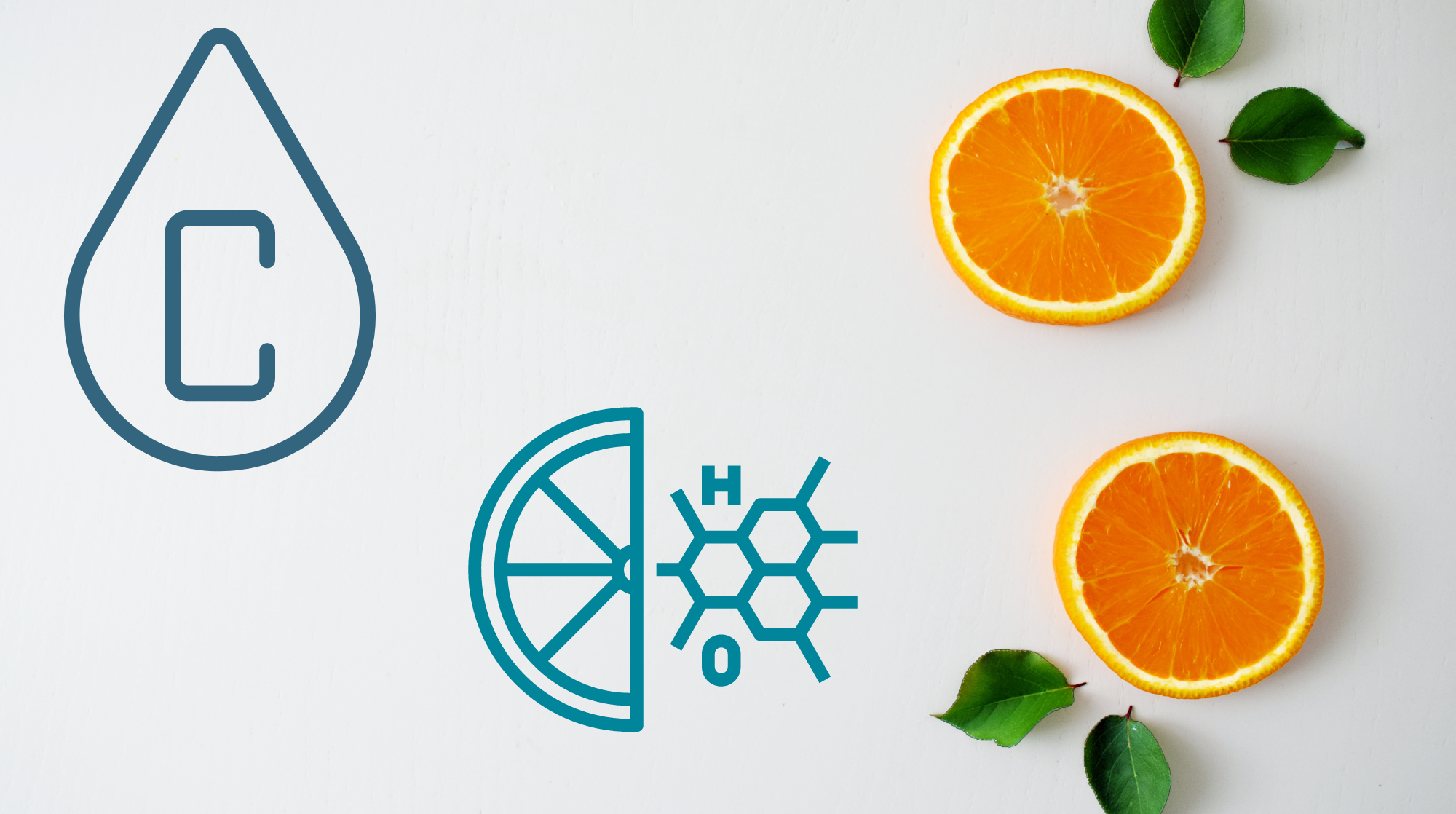The Three Skin Layers and Their Functions

We talk about the science behind scars frequently here on the blog since understanding why scars form is essential for knowing the best ways to treat them. During our discussions of the science behind how scars form, we mention the epidermis, the dermis, and the hypodermis: the three layers of skin. But we also recognize that many people may not be familiar with these terms and what exactly differentiates one layer of skin from the other. Therefore, read on to learn everything you need to know about the three layers of skin and their functions.
EPIDERMIS
The epidermis is the outermost layer of skin. The part of the epidermis that is exposed to the external environment, the stratum corneum consists of flat dead cells known as corneocytes that form a barrier to protect underlying tissue from infection, dehydration, chemicals, and mechanical stress. There are also special cells that are part of your immune system within the epidermis to further protect you from external invaders like bacteria, fungi, and viruses.
Did you know that the epidermis is what gives skin its color? Cells called melanocytes found within the epidermis produce a pigment called melanin. There are many different types of melanin, for example various shades of brown and black, and our DNA as well as our exposure to UV radiation dictate how much melanin is produced by the epidermis.
The last main function of the epidermis is to make new skin cells. This happens at the very bottom of the epidermis. The skin cells travel up to the top layer and flake off, about a month after they form.
DERMIS
The dermis, beneath the epidermis, is made up of tough connective tissue as well as different types of cells and glands that have many important functions.
First, the dermis contains blood vessels that provide nourishment and waste removal for both dermal and epidermal cells. During wound healing, these blood vessels dilate in order to deliver nutrients and immune cells to the wound site in order to facilitate healing. When this happens, you will notice signs of inflammation, such as swelling, redness, and warmth.
The dermis also contains hair follicles, sweat glands, sebaceous glands, and nerves. Of course, hair follicles are the root of each hair on your skin. Each root attaches to a small muscle that tightens and gives you goose bumps when you are cold or scared. Sweat glands produce sweat that travels up tubes and comes out of the pores on the surface of skin. Sweating keeps you cool and helps you get rid of bad stuff your body doesn't need. Sebaceous glands secrete sebum (oil) in order to keep your skin soft, smooth and waterproof.
There are nerve endings in the dermis that help you to feel things by sending signals to your brain. Mechanoreceptors provide the sense of touch and thermoreceptors provide the sense of heat.
Lastly, the dermis contains a structural network of collagen and elastin fibers embedded in an extracellular matrix. This is what gives the skin strength as well as elasticity. Scars form as a result of damage to this layer of skin. When the skin is wounded, collagen and elastin fibers must regenerate in order to seal the wound, and the extracellular matrix must be remodeled.
HYPODERMIS
The hypodermis, also referred to as the subcutaneous tissue, is the third layer of skin that we are going to discuss. Made up of fat and connective tissue, this layer plays many important roles in your body. First, the hypodermis has a special connecting tissue known as fibrous bands that attach the dermis to your muscles and bones. There are also collagen and elastin fibers that attach this layer of skin to the dermis.
Another function of the hypodermis is to store fat. While many people seek to rid their bodies of fat through diet and exercise, our body does need some fat to act as padding and as an energy reserve, as well as providing some minor thermoregulation via insulation.
Lastly, the blood vessels and nerve cells from the dermis extend into the hypodermis, although they are larger in the hypodermis and continue on to the rest of the body.
THE THREE LAYERS OF SKIN AND SCAR FORMATION
As mentioned above, scars form when injuries to the skin are deep enough to cause tears in the dermis. A complex process begins in order to heal the wound, which involves hemostasis (stopping the flow of blood), inflammation, proliferation, and tissue remodeling. During the tissue remodeling phase, collagen fibers are produced which lead to the formation of scar tissue. Unfortunately, if too much collagen is produced a scar that is raised and discolored can form. This is where NewGel+ can help.
NewGel+ products are specially formulated with 100% medical grade silicone gel. Silicone gel has been used for more than 30 years in the prevention and treatment of scars. This ingredient works by replicating the occlusive properties of the stratum corneum, which seals the scar from air, prevents bacterial infections, and provides adequate hydration. In fact, silicone gel products are the only topical treatments recommended by the scar experts who create scar treatment guidelines for other doctors. Browse the wide variety of silicone gel products offered by NewGel+ to reduce, flatten, and fade your scar!




Comments